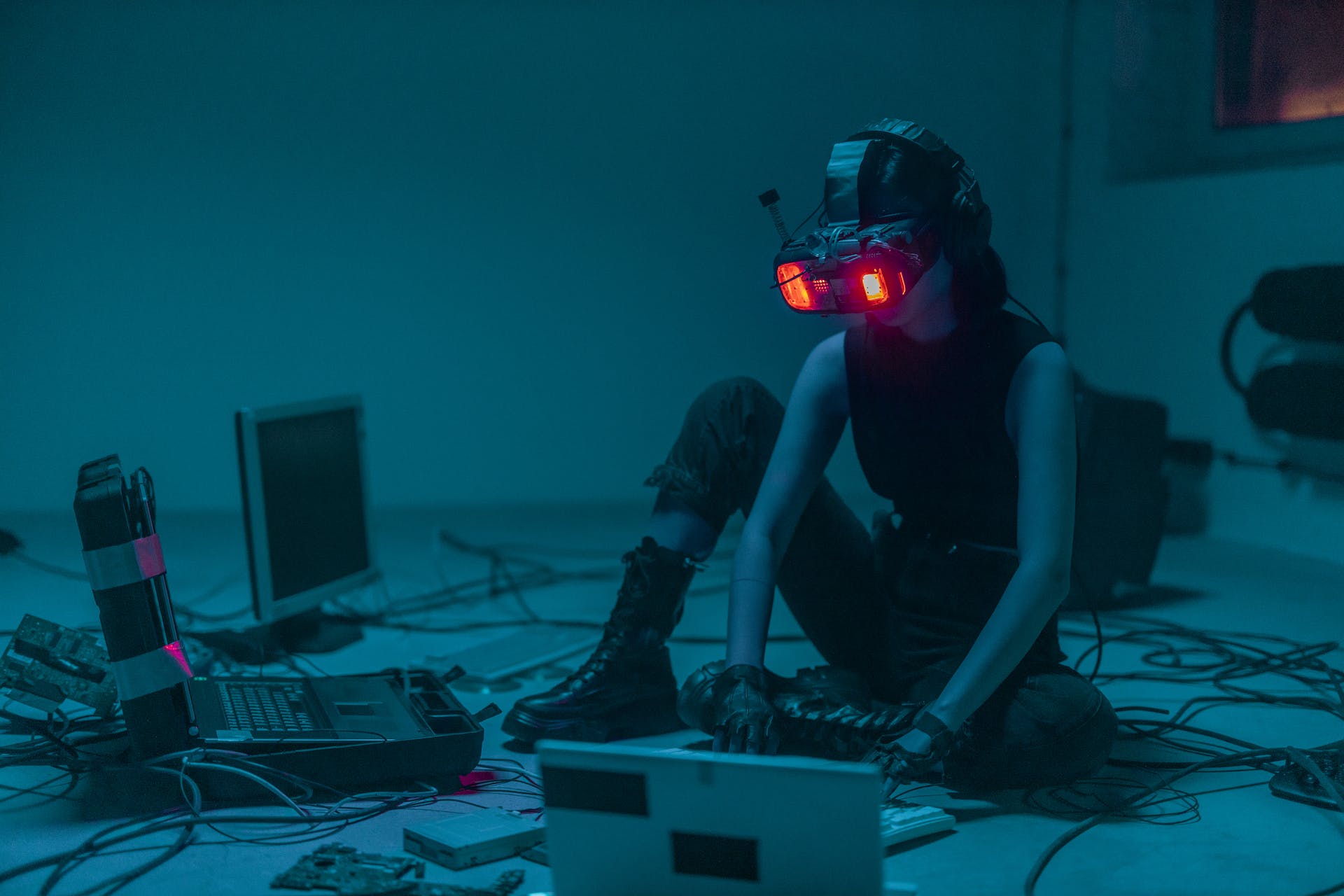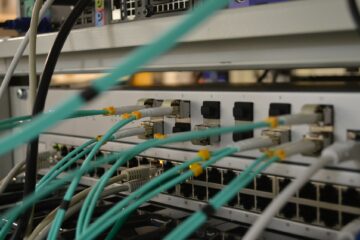Welcome to our blog where we’re diving deep into the fascinating world of Spatial Computing! You might have heard about it, but trust us, there’s so much more to discover. Join us as we delve into this dynamic landscape that’s revolutionizing our interactions with technology and the world around us.
Spatial Computing Navigating the Boundless World, Embarking on an Odyssey
So, what exactly is Spatial Computing? It’s like stepping into a whole new world where digital and real things mix. Imagine wearing cool AR glasses1, and suddenly, your surroundings come alive with virtual stuff, making everyday moments super fun. Spatial Computing lets you see and interact with the world in ways you never thought possible.
Now, let’s check out all the cool things you can do. Picture yourself walking through a busy city, where you not only see buildings and roads but also get help from virtual guides and interactive signs. Whether you’re exploring a new place or just heading to work, Spatial Computing makes everything more exciting.

But Spatial Computing is not just about having fun. Think about how architects can use it to plan buildings right on the spot, or how doctors can practice surgeries without any real risks. It’s a big deal for fields like architecture, healthcare, and education.
And don’t forget about the creative side. Artists and designers are using Spatial Computing to make amazing things that mix real life with imagination. From cool art shows to virtual performances, there’s so much creativity to explore.
Of course, as we try out new things, we have got to be responsible too. We need to think about things like privacy and making sure everyone can use this technology. It is important to do the right thing as Spatial Computing keeps growing.
But even with all the challenges, it is super exciting. It is like going on a big adventure where we discover new things every step of the way. So, let us dive into this journey together, fueled by curiosity, creativity, and a shared dream of making the world cooler with it.
Follow for more
1. AR glasses, short for Augmented Reality glasses, are wearable devices that overlay digital information onto the user’s view of the real world. These glasses typically feature a transparent display or projection system that allows digital content, such as images, videos, or text, to be superimposed onto the user’s field of vision.

Frequently Asked Questions
1. What is spatial computing?
It is a technology that blends the digital and physical worlds, allowing users to interact with digital content in real-world environments. It encompasses technologies like augmented reality (AR), virtual reality (VR), and mixed reality (MR), enabling immersive experiences where digital information overlays physical spaces.
2. How does it work?
It uses sensors, cameras, and advanced algorithms to understand and map the user’s surroundings. It then overlays digital content onto the user’s view of the real world, creating immersive and interactive experiences. Users can interact with virtual objects and information as if they were part of their physical environment.
3. What are the applications?
It has diverse applications across various industries, including gaming, education, healthcare, architecture, retail, and entertainment. It can be used for navigation, training simulations, design visualization, immersive storytelling, and more, revolutionizing how we work, learn, and play.
4. Are spatial computing and augmented reality the same thing?
While augmented reality (AR) is a component of spatial computing, they are not synonymous. It encompasses a broader range of technologies, including AR, VR, and MR, whereas AR specifically refers to overlaying digital content onto the user’s view of the real world.
5. How will spatial computing impact industries like architecture and healthcare?
It has the potential to revolutionize industries like architecture and healthcare by enabling new ways of visualizing and interacting with information. Architects can use spatial computing to visualize designs in real-time and collaborate more effectively, while healthcare professionals can leverage it for training simulations, patient education, and surgical planning.
6. What are some examples of spatial computing in everyday life?
In everyday life, it can be experienced through applications like navigation aids, interactive museum exhibits, virtual try-on for retail shopping, and immersive gaming experiences. It enhances everyday activities by providing contextually relevant information and interactive content in real-time.
7. Are spatial computing devices comfortable to wear?
The comfort of spatial computing devices, such as AR glasses, depends on factors like weight, fit, and design. Advances in technology are continually improving the comfort and ergonomics of these devices, making them more suitable for extended wear.
8. What are the ethical considerations associated with it?
Ethical considerations related to it, include issues like privacy, data security, digital rights, and accessibility. Developers and users must address these concerns to ensure that spatial computing technologies are used responsibly and ethically.
9. How accessible is spatial computing technology to the general public?
While spatial computing technology is becoming increasingly accessible, factors like cost, usability, and technical proficiency may impact its adoption by the general public. Continued advancements and efforts to improve affordability, usability, and accessibility will likely contribute to wider adoption over time.
10. What does the future hold for spatial computing?
The future of spatial computing is bright, with continued advancements expected to drive innovation and adoption across industries. As technology evolves, it will likely become more seamless, immersive, and integrated into our daily lives, unlocking new possibilities for creativity, productivity, and human-computer interaction.




